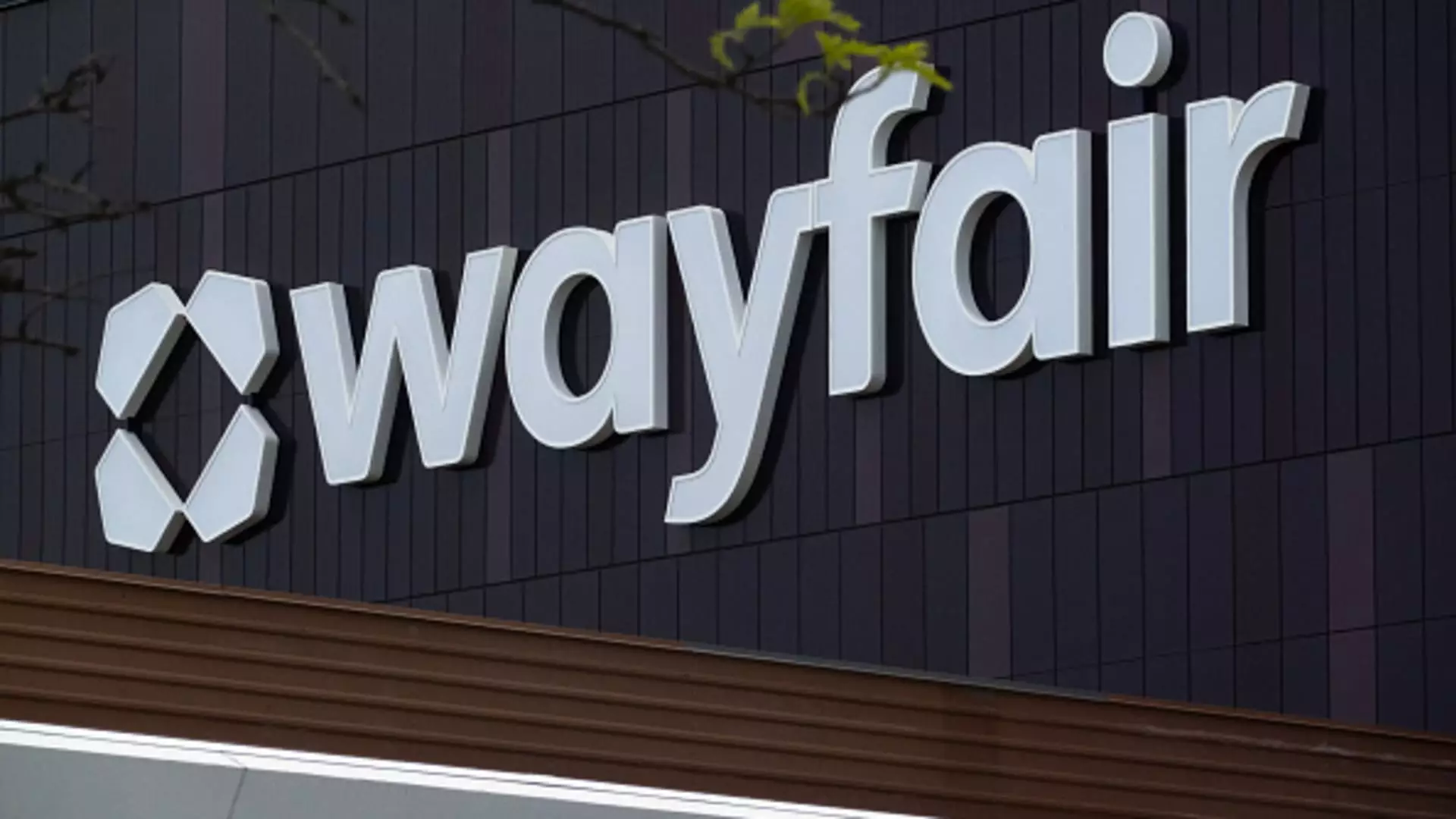Wayfair, an online home goods company, recently faced a decline in sales during its fiscal second quarter. The CEO, Niraj Shah, described the current slowdown in the home goods category as “unprecedented” and drew comparisons to the 2008 financial crisis. Consumer spending on home goods has decreased significantly, with customers exhibiting caution in their purchases for household items. This decline in sales has impacted Wayfair’s financial performance, falling short of Wall Street’s expectations for both earnings per share and revenue.
In the second fiscal quarter, Wayfair reported adjusted earnings per share of 47 cents, lower than the anticipated 49 cents. The company’s revenue stood at $3.12 billion, missing the $3.18 billion estimate. Despite a slight improvement in losses compared to the previous year, Wayfair experienced a 2% decline in sales, with average order values increasing while overall revenue decreased. The company also expressed expectations for a further drop in revenue for the following quarter, contrasting analyst estimates of growth.
Industry Challenges and Economic Factors
The sluggish demand for home goods is influenced by broader economic factors such as high interest rates and stagnant housing market conditions. Consumers are hesitant to invest in new furniture due to limited incentives caused by reduced home purchasing activity. Additionally, inflation has led to more careful spending habits, diverting discretionary income away from home goods sales. Wayfair has resorted to offering discounts to attract customers, acknowledging that a full recovery in the category may only occur with interest rate cuts and housing market improvements.
Both CEO Niraj Shah and finance chief Kate Gulliver highlighted the unprecedented nature of the downturn in the home goods category, emphasizing the need for corrective actions and market adaptations. Shah pointed out a substantial decline in category sales, indicating a correction comparable to recessionary periods. However, Federal Reserve Chair Jerome Powell’s hints at potential interest rate cuts bring a glimmer of hope for industry recovery. Wayfair, despite facing challenges in achieving profitability, aims for growth in profitability through strategic cost management and operational adjustments.
Future Prospects and Strategic Focus
With a focus on generating free cash flow and adjusted EBITDA, Wayfair is navigating the turbulent market conditions to position itself for future growth. Despite falling short of financial targets, the company remains optimistic about its long-term profitability objectives. As the industry awaits potential economic stimuli and policy interventions, Wayfair adapts its business strategies to align with changing consumer behaviors and market dynamics. The path towards sustained profitability involves a blend of financial discipline, operational efficiency, and customer-centric initiatives to drive growth amidst challenging market conditions.

Leave a Reply